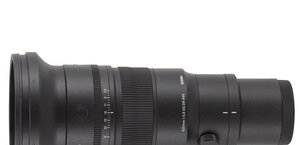Panasonic Leica DG Vario-Elmarit 50-200 mm f/2.8-4 ASPH.
3. Build quality and image stabilization
The Panasonic Leica DG Vario-Elmarit 50–200 mm f/2.8–4 ASPH. is notably heavier and bigger than lenses produced by the same company but slower aperture-wise than the Olympus designed for 4/3 sensor reflex cameras. Still the full frame Canon is definitely the biggest and the heaviest here. The Panaleica sticks out with its shortest minimum focusing distance.
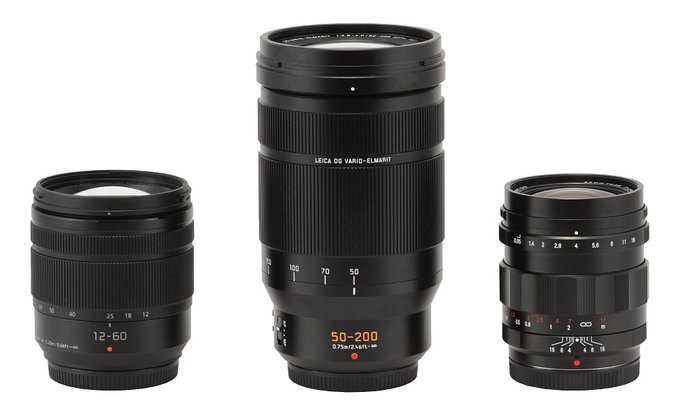 |
The tested lens starts with a metal mount which surrounds a contact plate and a rear element. On the black part with embedded contacts you can see an inscription “Made in China”. It is a bit of a surprise because the Panasonic Leica DG Vario-Elmarit 8–18 mm f/2.8–4 ASPH., after all belonging to the same series, is produced in Japan.
Please Support UsIf you enjoy our reviews and articles, and you want us to continue our work please, support our website by donating through PayPal. The funds are going to be used for paying our editorial team, renting servers, and equipping our testing studio; only that way we will be able to continue providing you interesting content for free. |
- - - - - - - - - - - - - - - - - - - - - - - - - - - - - - - - - - - - - - - - - - - - - - - -
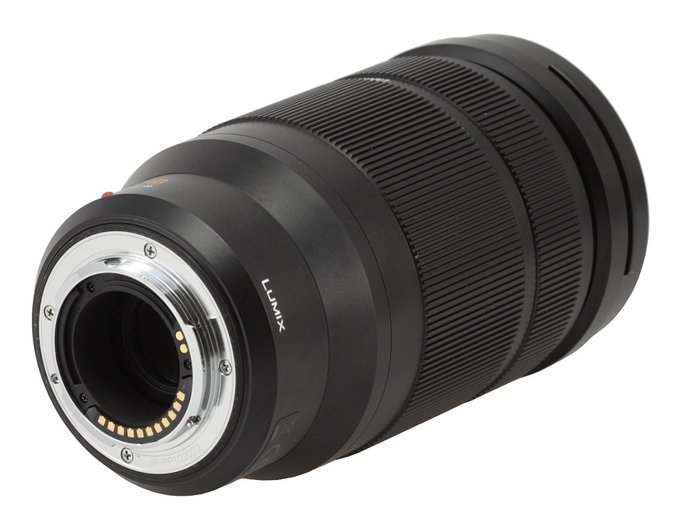 |
The proper body of the lens is made of metal; it starts with an immobile ring on which you can find a red dot, making an alignment with a camera easier, the focal range, the focusing range (0.75m/2.46ft–∞), an inscription „LUMIX” and several switches. One of them controls the focusing mechanism mode (AF/MF), the second one is responsible for optical stabilization (POWER O.I.S. ON/OFF).
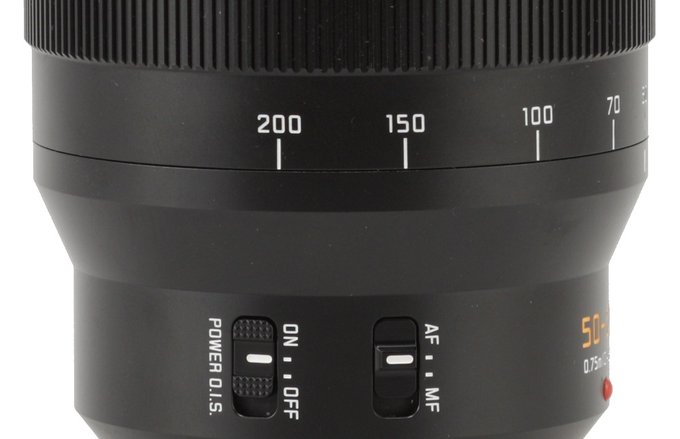 |
Further on you see a narrow ring which doesn’t move with an inscription „LEICA DG VARIO-ELMARIT”, and then a manual focus ring. It is a focus-by-wire construction, almost 23 mm wide, completely covered by metal ribs.
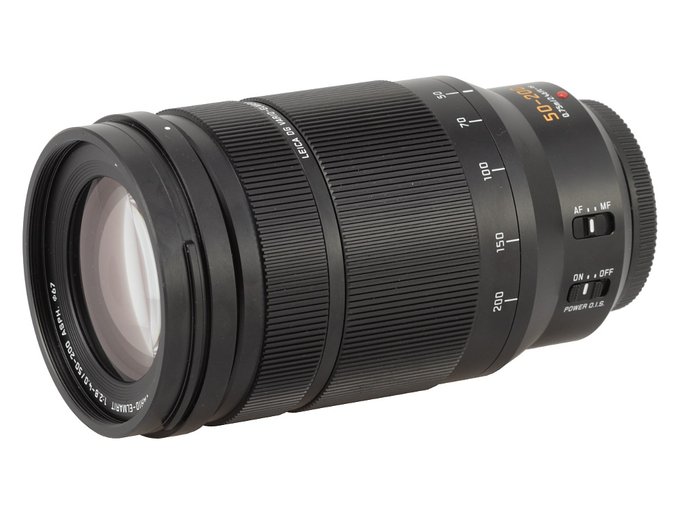 |
The front element itself is 48 mm in diameter, surrounded by an inscription with the name and parameters of the lens and a non-rotating filter thread, 67 mm in diameter.
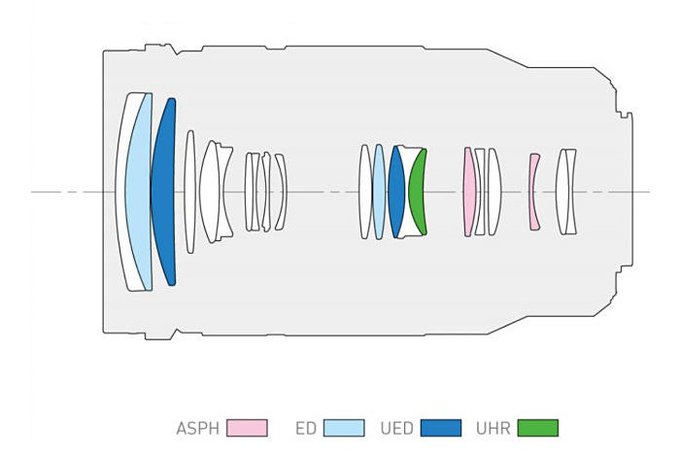 |
Buyers get both caps, a hood and a soft pouch in the box with the lens.
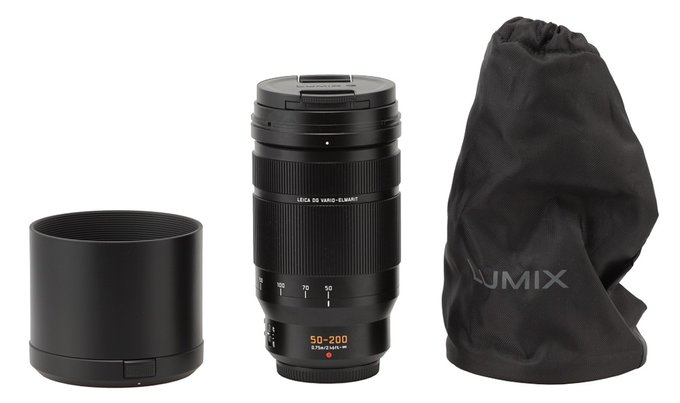 |
Optical stabilization
The producers declare that their Optical Image Stabilization unit is as effective as 4 stops of shutter speed. In order to check that claim we used the Olympus O-MD E-M5 Mark II camera, set the lens at 200 mm and took several dozen photos with exposure times ranging from 1/320 to 1/3 of a second and the stabilization switched on and off. For every set of photos we determined a percentage of out-of-focus shots; then we presented it in a form of a graph of exposure time which was expressed in EV (with 0 EV being an equivalent of 1/250 of a second).
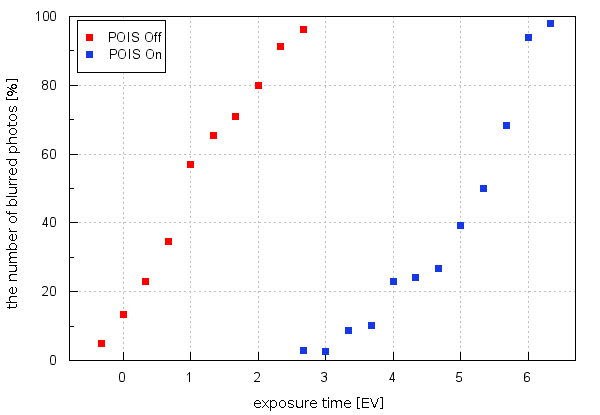
As you see, the maximum distance between both curves reaches about 4.3 EV and so we assess the efficiency of the Panaleica’s 50-200 mm stabilization unit. It is an excellent result ! You should also add that, when mounted on compliant Panasonic cameras, the image stabilization of this lens might also be supported by the Dual IS functionality; it means it will be helped by sensor stabilization as well. As a result the final stabilization efficiency of the whole system can be even higher than those 4.3 EV points, reached by the lens itself.




